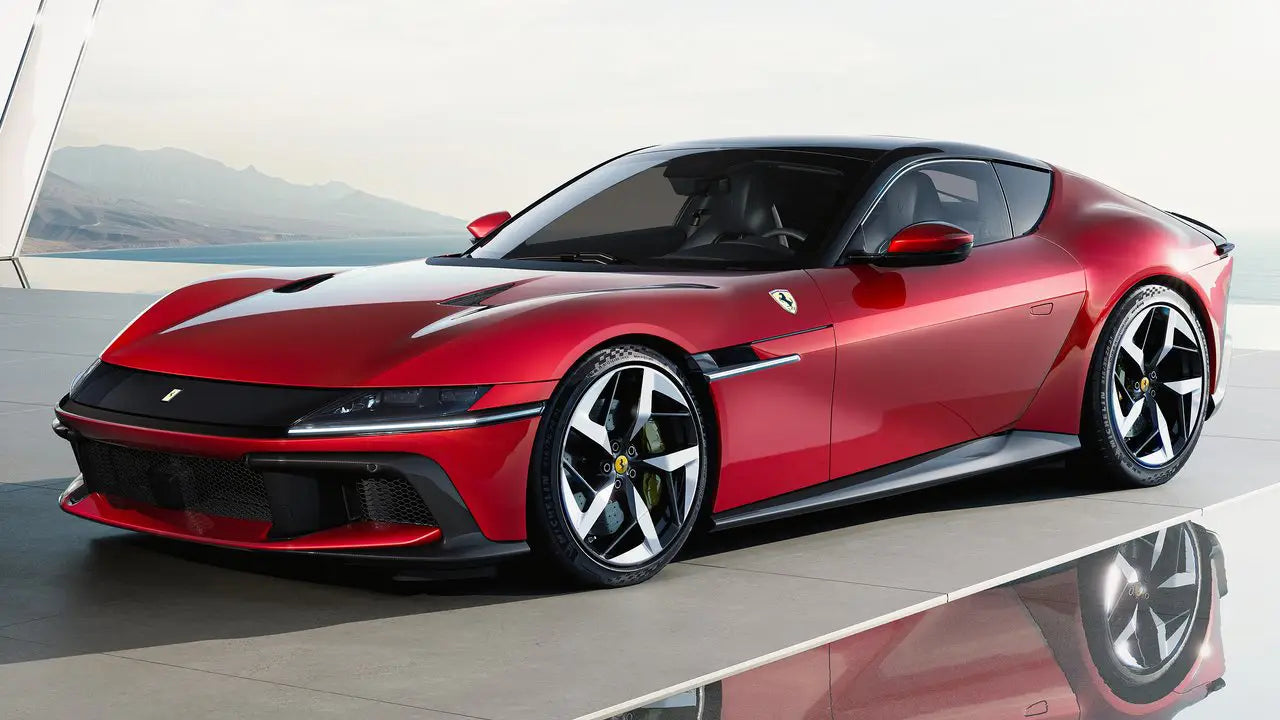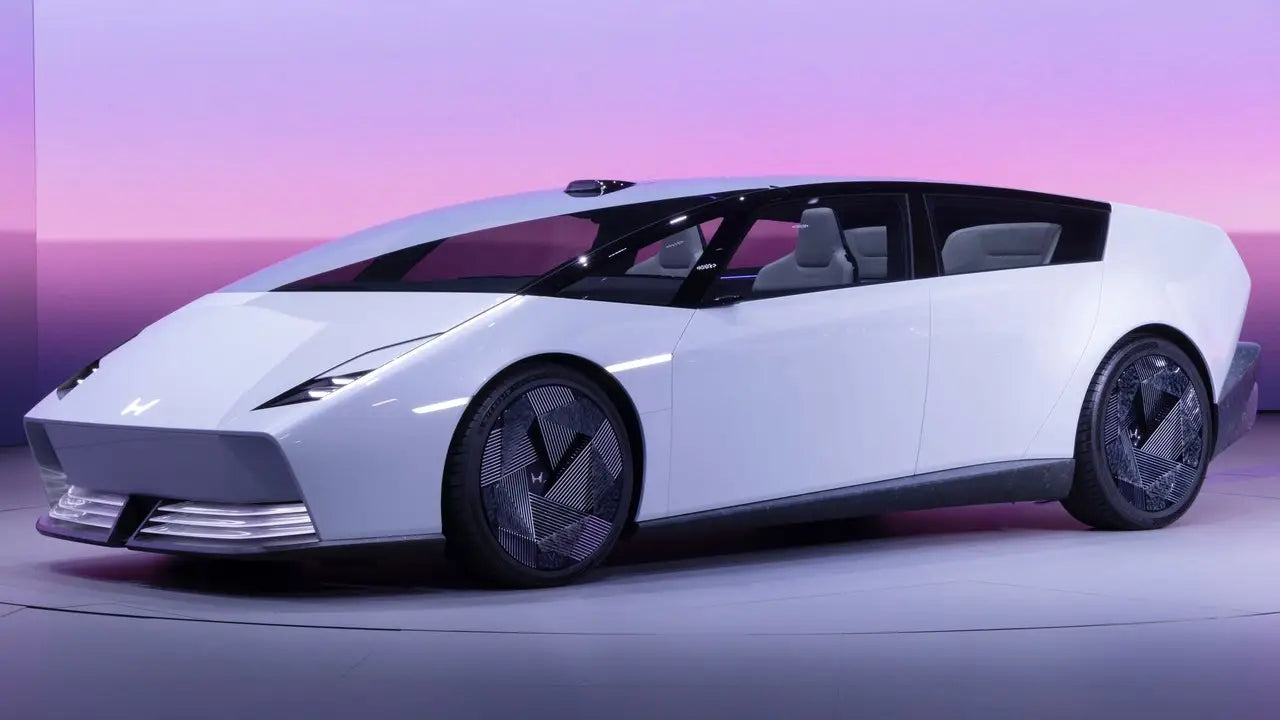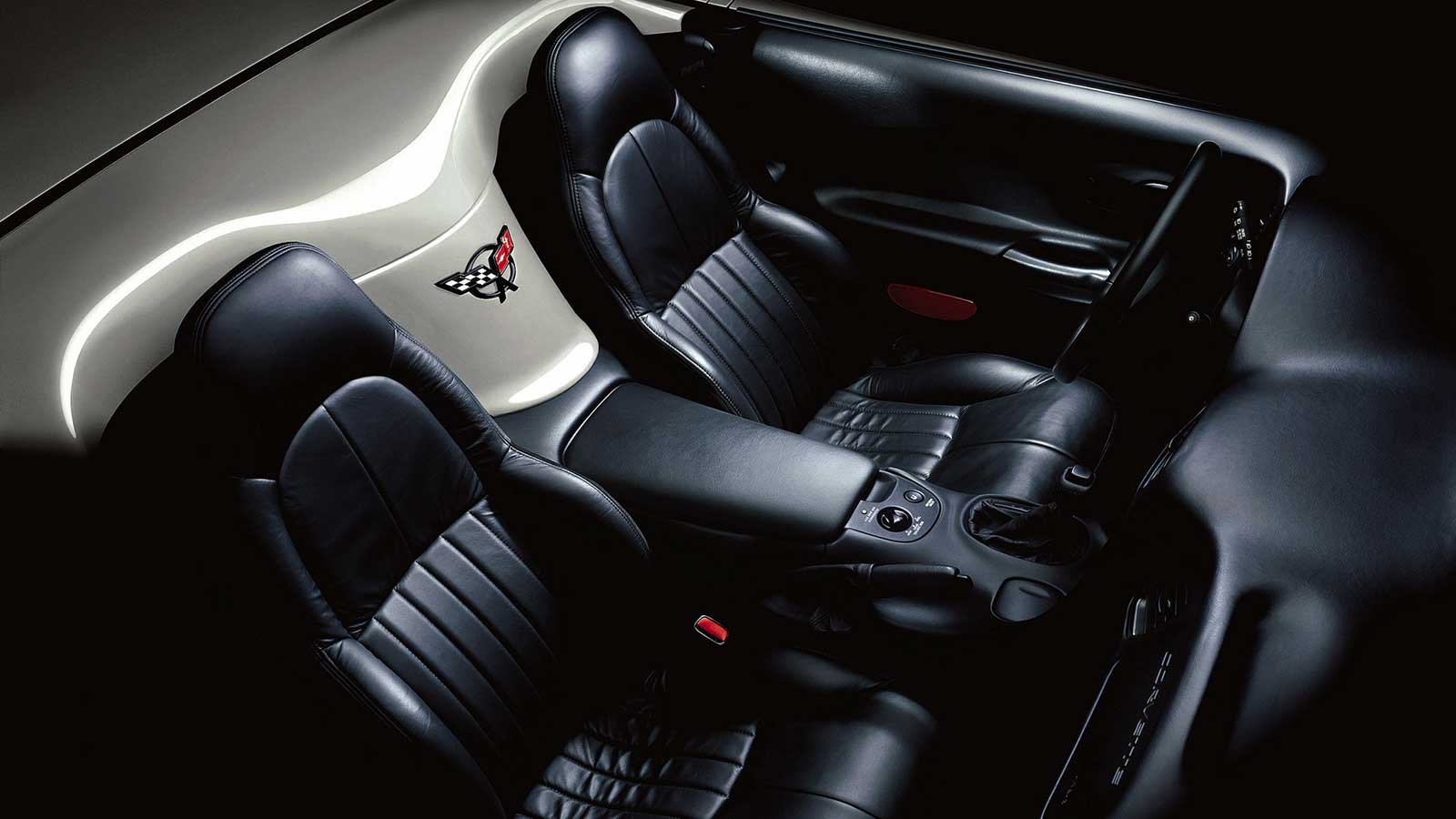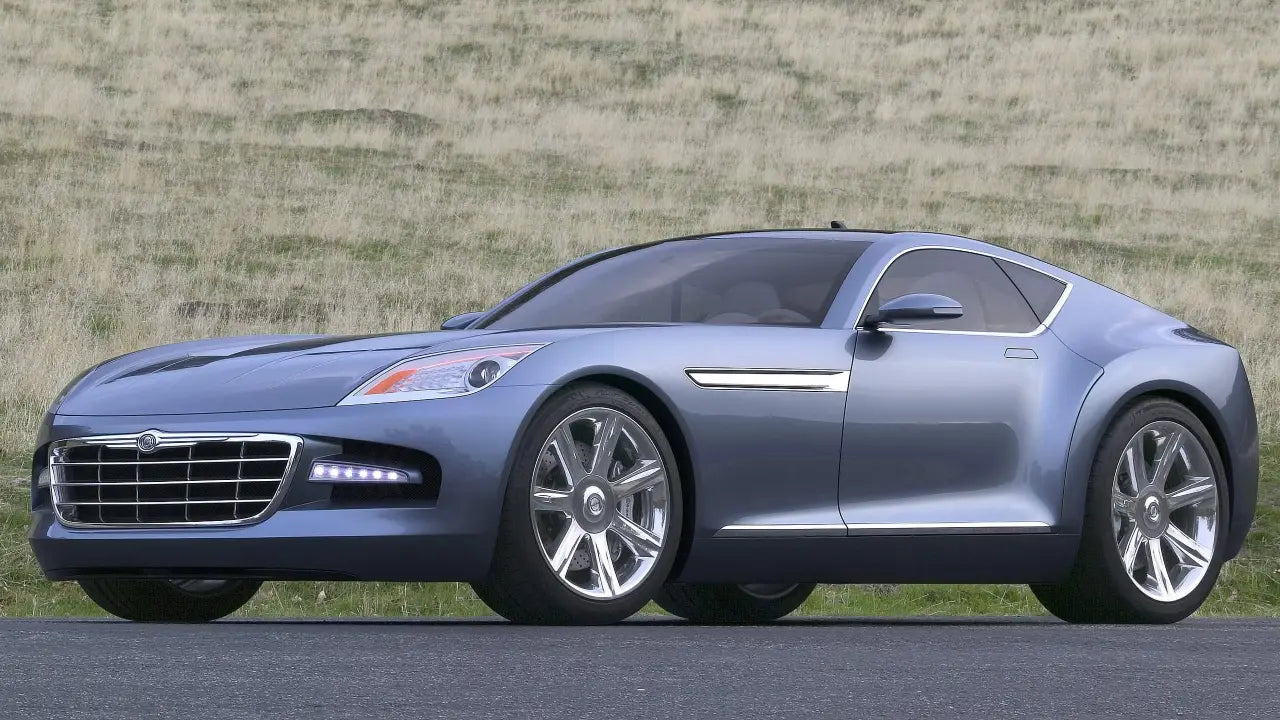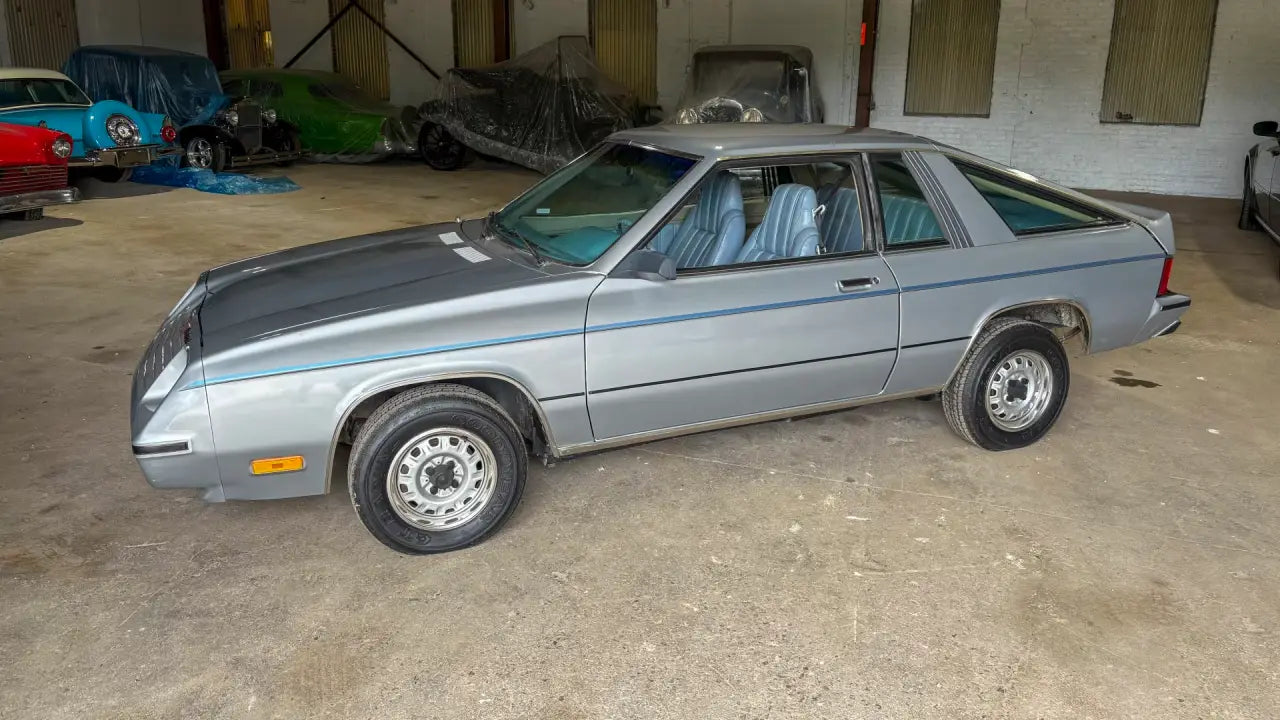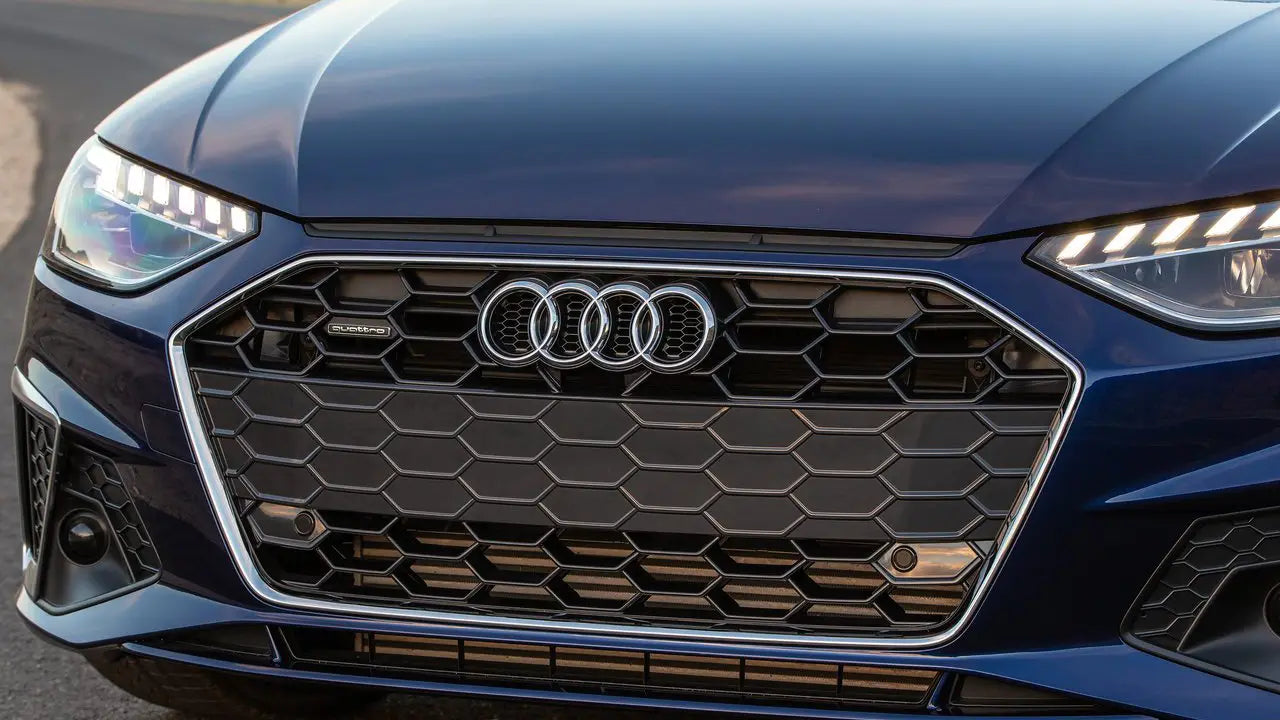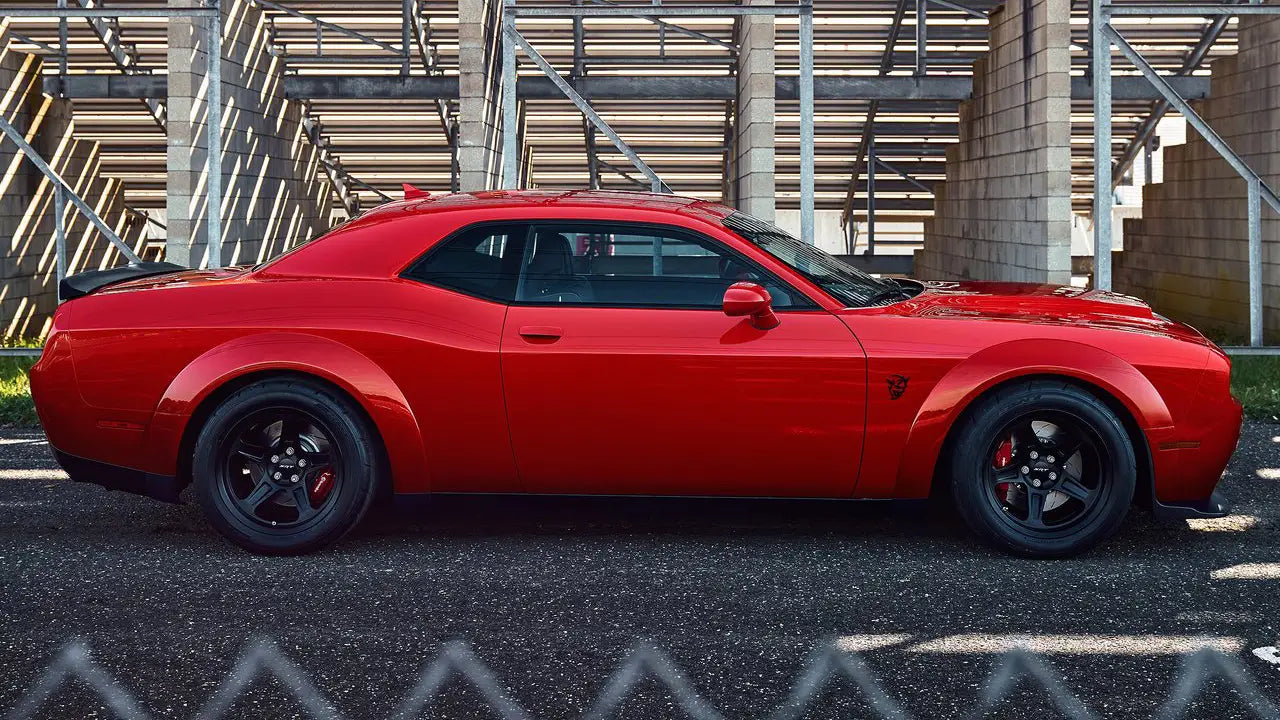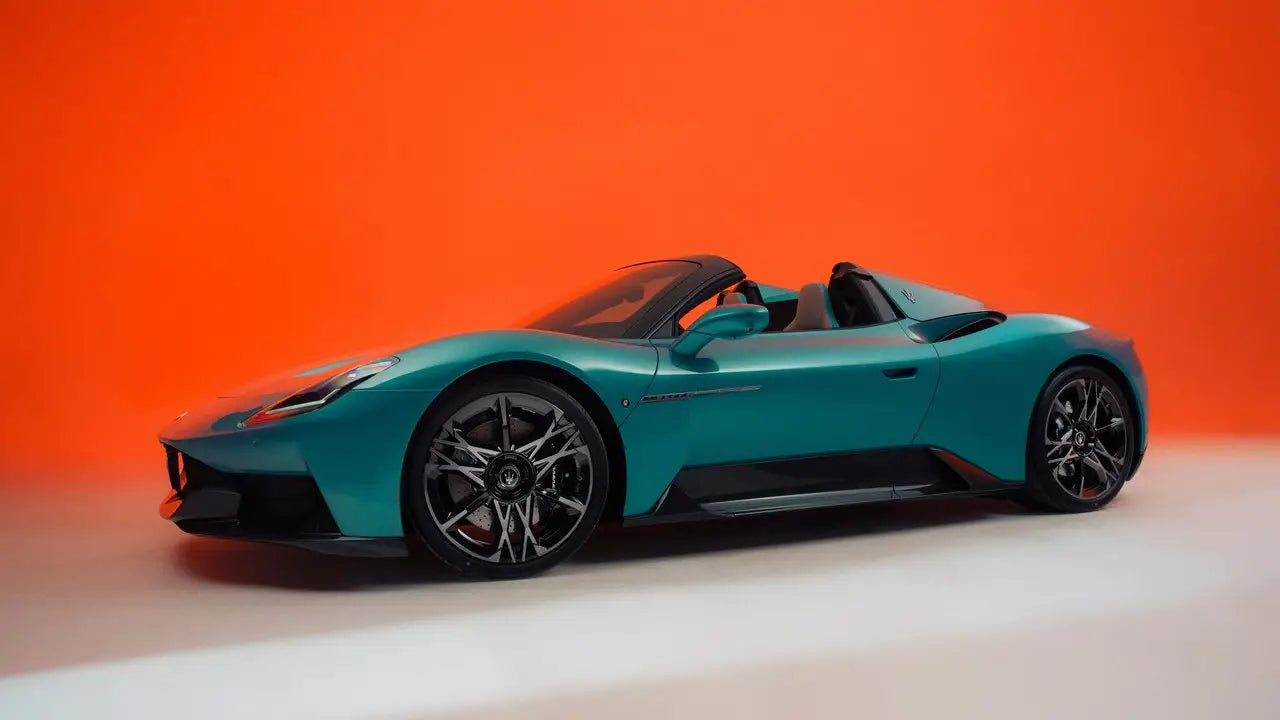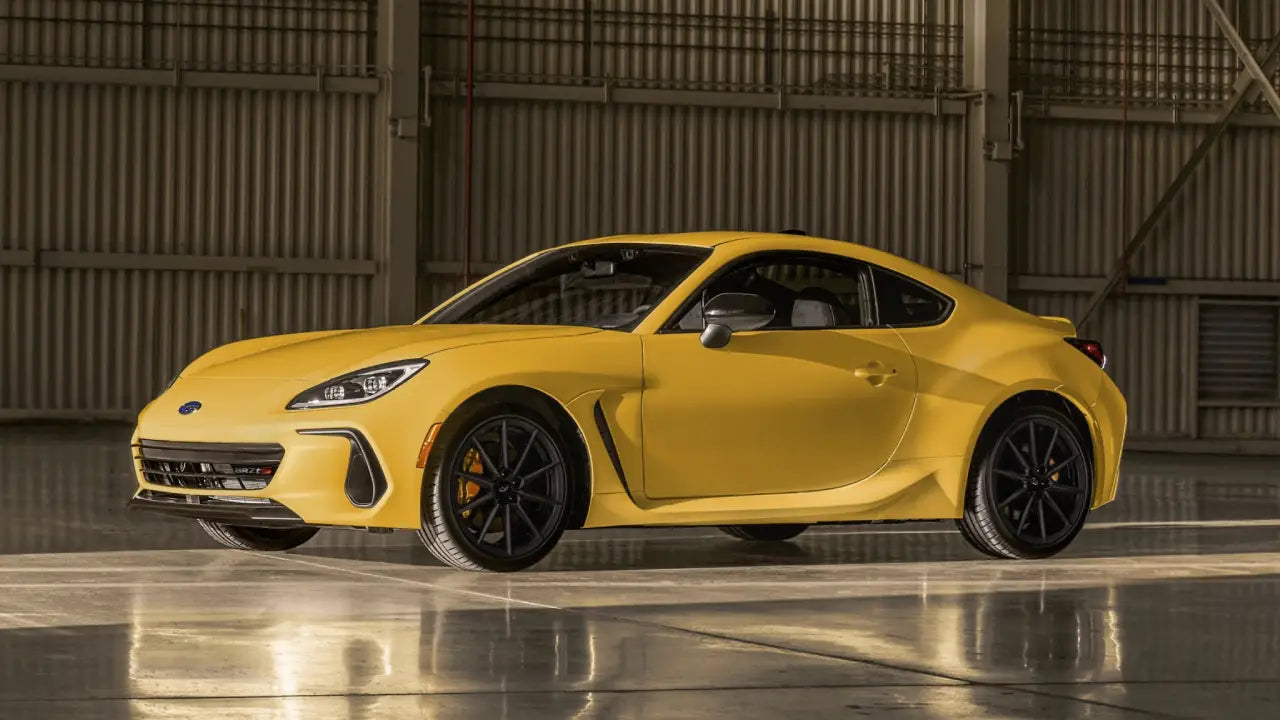Some cars appear to be in motion even while parked. Their lines stretch forward, their headlights gleam intently, and their attitude signals impending speed. Over the decades, design psychology has shown that visual signals fool the brain into connecting shapes, proportions, and details with performance. Let's see how design teams use psychology, art, and engineering to make cars look fast before they move.
Speed in Shape: The Power of Aerodynamics
Humans are naturally drawn to streamlined designs that imitate motion in nature, such as cheetahs sprinting, falcons diving, or water flowing easily past boulders. Car designers apply the same aerodynamic concepts to alter perception. Curved rooflines, swept-back headlights, and tapering taillights provide the appearance of motion, even when the vehicle is still. The brain interprets these lines as speed vectors, similar to a wind tunnel visual in action.

That's why supercars like the Ferrari SF90 Stradale and McLaren 720S appear to be slashing through the air, even in a still image. Their shapes resemble fluid dynamics, making them appear rapid before a wheel turns.
The “Forward Lean” Effect
Designers typically change the size of a car to make it look like it's moving forward. A raked stance, a front end that is a little lower, and a rear line that sweeps up are all needed to do this. This position is drawn from biology again: it looks like an animal getting ready to jump. The car may not actually be aerodynamic, but the appearance of "leaning forward" makes our eyes think it is moving and ready. Some classic examples are the Lamborghini Countach, the Dodge Challenger Hellcat, and even the Tesla Model S, which is a modern electric sedan that looks like it's ready to pounce.

Headlights as Eyes: The Aggression Factor
Humans intuitively interpret faces in inanimate objects, a phenomenon known as pareidolia. Designers capitalize on this by considering the front fascia as a face, with headlights serving as eyes and grilles as mouths. Sharp, narrow headlights pointed downward convey anger, dominance, and speed, much like a predator's narrowing eyes. Compare that to the wide, round headlights of a vintage Mini Cooper, which appear friendly and non-threatening. The psychology is deliberate: cars that “look angry” are perceived as faster and more powerful.

Color and Perception of Speed
The color of anything can change how fast it seems to be moving. Cars look faster in bright colors, notably red, yellow, and metallic silver. These colors stand out more sharply to the human eye, evoking energy and motion. In contrast, darker shades like navy or gray communicate sophistication and stability rather than speed. That’s why performance-oriented brands, like Ferrari (red), Lamborghini (yellow), and Porsche (racing silver), choose colors that trigger excitement and adrenaline. Interestingly, color also affects insurance rates in some countries, since high-visibility hues are statistically more associated with “spirited” driving behavior.

The Role of Proportion and Scale
Proportions have a tremendous impact on perceived speed. Cars with long hoods, short rear decks, and low rooflines communicate performance because they mimic racecar proportions. The human brain associates low, wide stances with power and stability, qualities of fast-moving objects. Think of the Chevrolet Corvette or Jaguar F-Type: their exaggerated proportions exaggerate speed. Even compact cars such as the Mazda MX-5 utilize this visual technique to convey a sense of agility and sportiness, all while maintaining a modest power output.

The Illusion of Light and Shadow
Designers employ surface sculpting to influence light. Sharp lines, rounded edges, and clashing shadows draw attention to movement and muscle. Light sliding across these surfaces creates a sense of dynamic flow, similar to tension in a flexed muscle. These stimuli trigger our subconscious association of stress and readiness. A car that appears "tight" or "taut" moves faster than one that appears soft or smooth.

The Sound of Speed, Even in Silence
Though visual, the sense of speed is frequently associated with aural expectations. To match their aggressive visuals, EVs such as the Porsche Taycan and Lucid Air use a synthetic sound design. Humans anticipate fast-looking cars to sound quick; therefore, engineers use aural input to reinforce perception, combining visual psychology with sensory design.
Emotional Design: Fast as a Feeling
Ultimately, “looking fast” is an emotional experience. It's about evoking a feeling: anticipation, exhilaration, or dominance. Carmakers spend millions of dollars on psychographic research to learn how tiny adjustments in shape can help a car's appearance correspond with its brand identity. For example, BMW's kidney grilles have become more assertive throughout time, representing dominance and confidence, but Porsche's flowing design stresses continuity and balance; a different sort of speed: graceful and timeless.

So, the psychology of car design lives at the intersection of science, art, and instinct. It plays with the mind’s tendency to assign emotion and energy to form. When done well, even a still photograph can make your pulse quicken.



